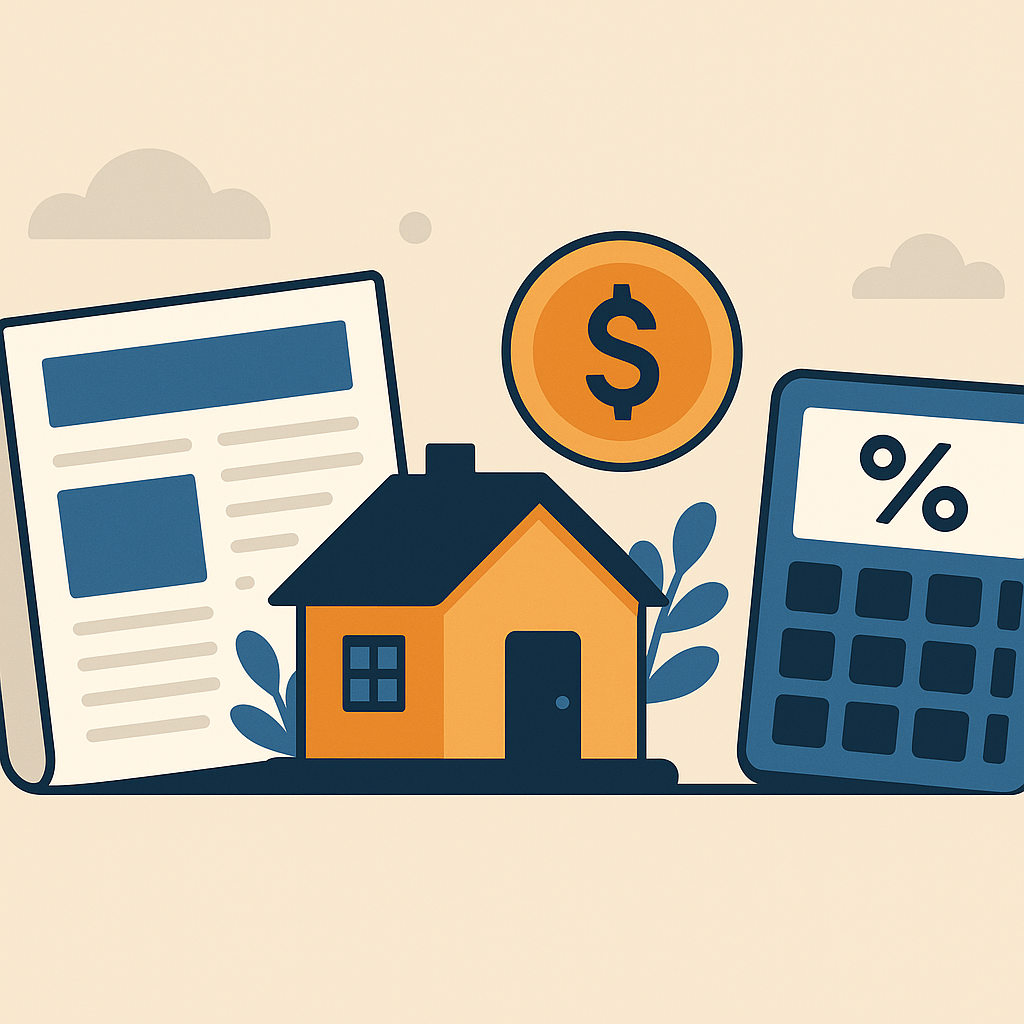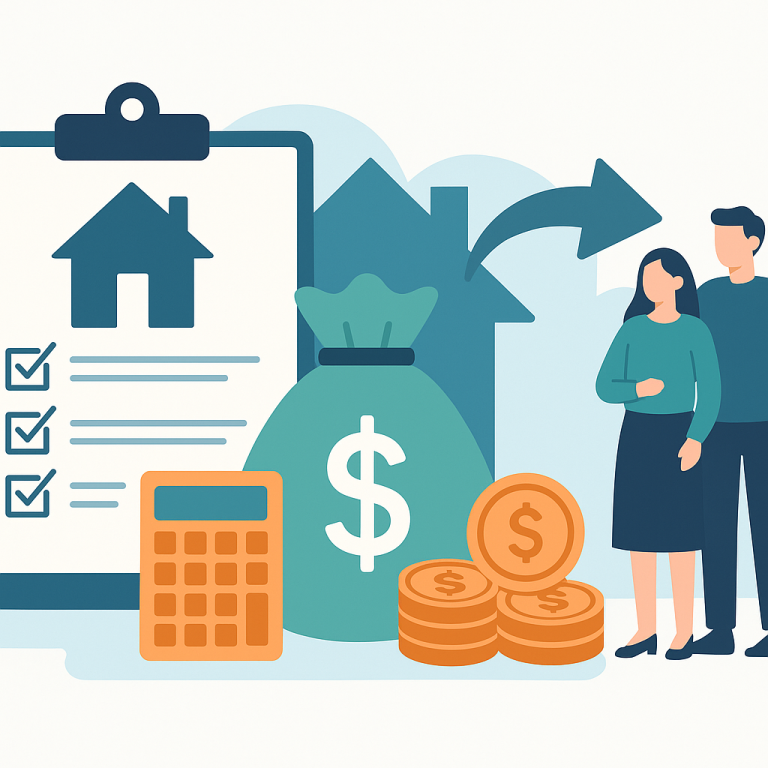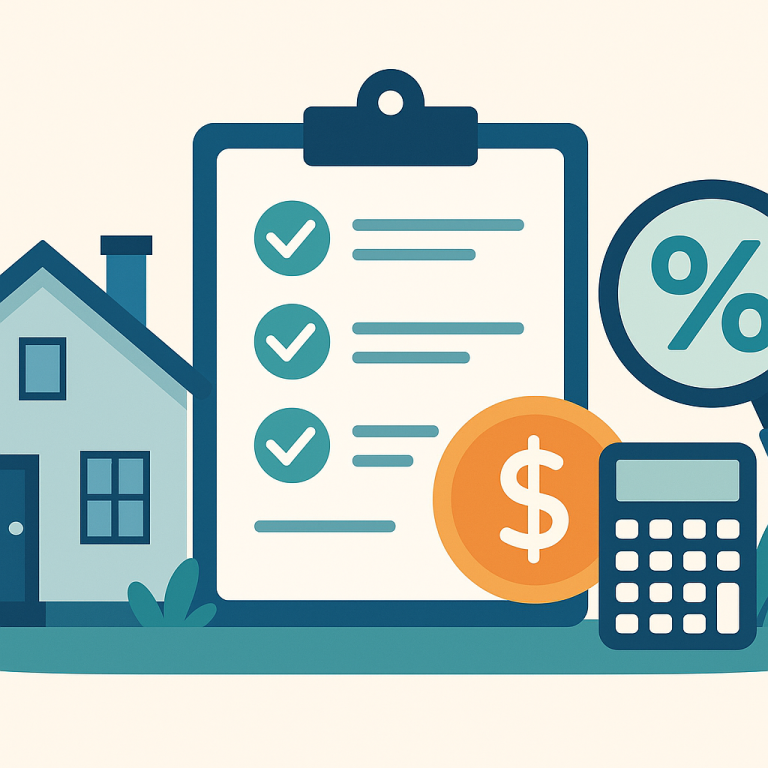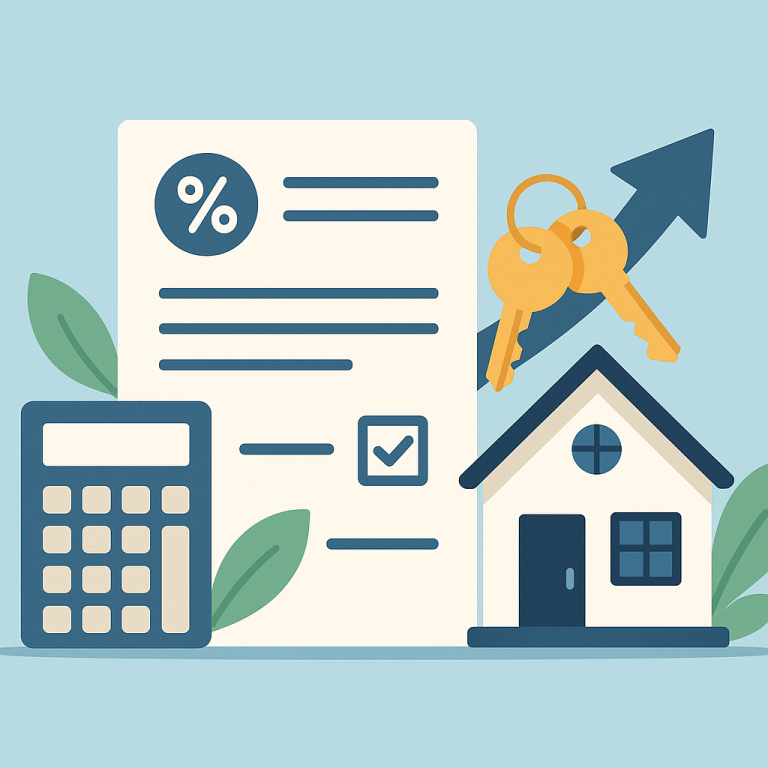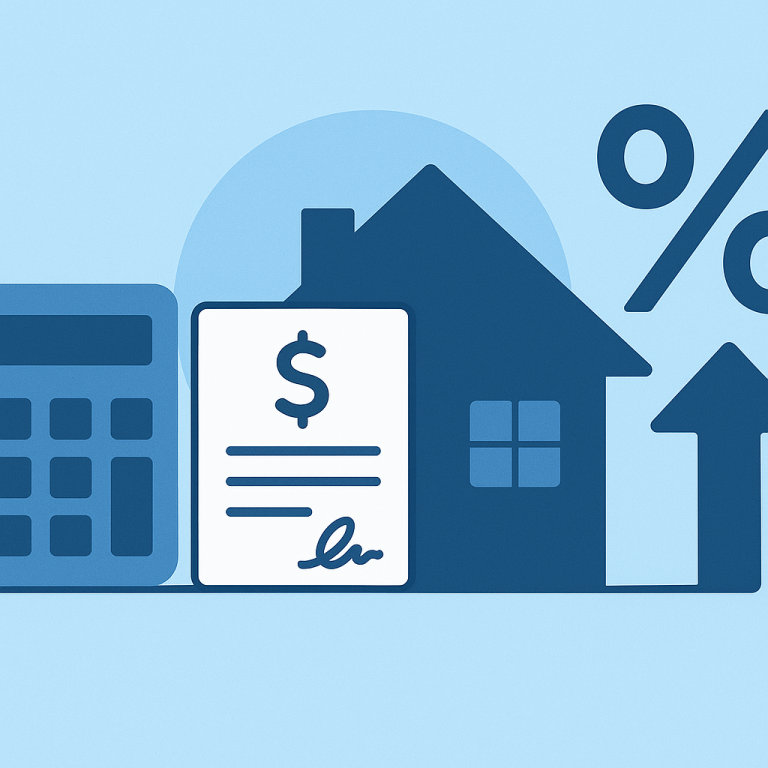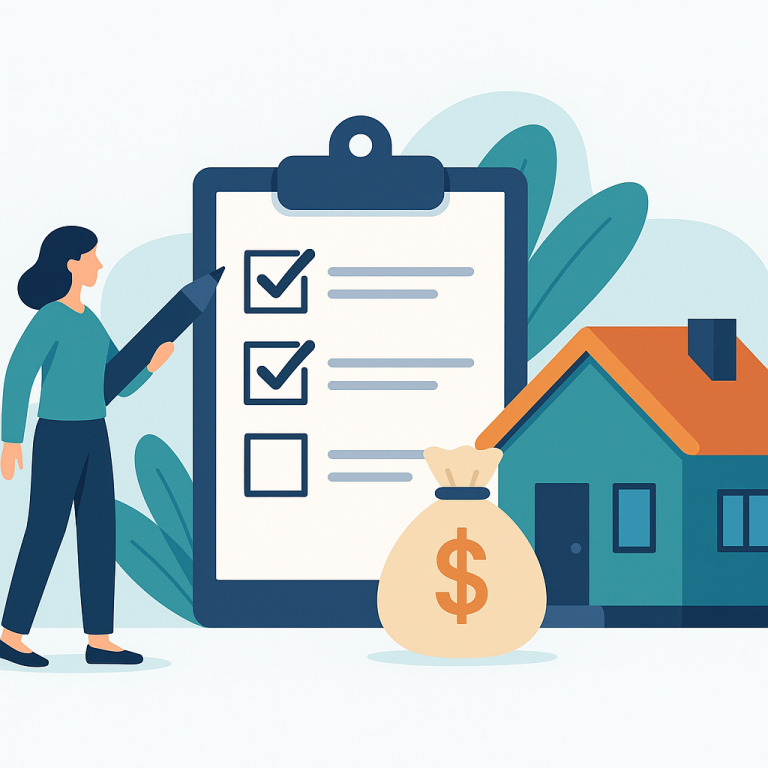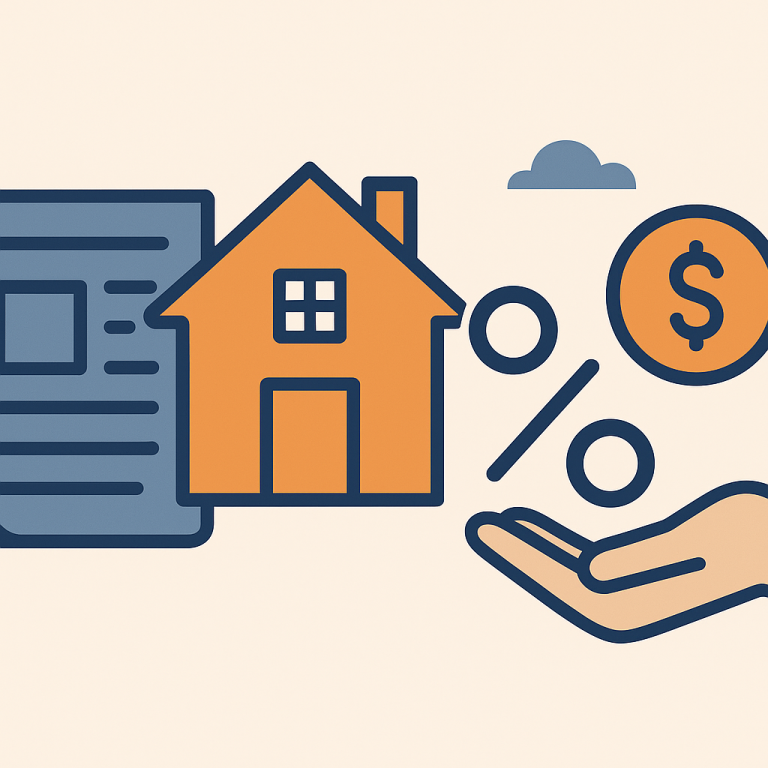Mortgage Refinance Rates Drop to 6.25% After Fed Pause As Applications Jump 18%
At a glance: The latest mortgage rate drop and how it could affect refinancing decisions.
Mortgage rates have moved lower. That can improve affordability and may reopen refinance options for borrowers whose current rate is above today’s quotes.
What the Rate Drop Means for Borrowers
Homeowners are weighing whether recent declines in mortgage rates justify refinancing. The choice hinges less on headlines and more on individual circumstances: how long a borrower plans to stay in the home, the difference between current and original loan costs, and what the homeowner wants to achieve. This article summarizes key considerations and practical steps to help homeowners assess whether now is the right time to refinance.
What to evaluate before refinancing
Refinancing can achieve different objectives: reduce monthly payments, shorten the term of the loan, change between fixed and adjustable rates, or access home equity. Determining the primary goal clarifies which refinancing option to pursue and whether associated costs are justified.
Start by comparing the projected savings to the total costs of refinancing, which include lender fees, appraisal charges, and any prepayment penalties on the existing mortgage. The longer a homeowner expects to remain in the property, the more likely it is that upfront costs will be recouped through lower ongoing payments or a shortened payoff horizon.
Credit profile and home equity matter. Better credit and a higher share of home equity generally yield more favorable loan offers. Lenders also consider debt-to-income ratios and recent employment history, so having documentation ready speeds the underwriting process.
Timing and market considerations
Mortgage rates can fluctuate, and small differences in rate and loan structure can have large effects over the life of a mortgage. Borrowers who prioritize certainty often favor locking in a fixed-rate product. Others who expect continued rate declines and can tolerate some variability may consider adjustable-rate options, though those carry the risk of future rate increases.
Refinancing makes more sense when the new loan aligns with long-term plans. If a homeowner expects to move within a short period, the savings from a lower monthly payment may not cover the refinancing costs. Conversely, homeowners intending to stay in place for several years are more likely to realize net benefits from a rate-and-term refinance or a strategic re-amortization.
Practical steps for homeowners
- Gather current loan documents and recent mortgage statements to understand payoff amounts and any prepayment terms.
- Request multiple loan estimates from different lenders to compare interest rates, fees, and loan features. Look beyond advertised rates to APR and total closing costs.
- Run a break-even analysis that estimates how long it will take to recoup closing costs through monthly savings or interest reduction.
- Consider alternative strategies, such as making additional principal payments or re-casting the mortgage, if the goal is to shorten the loan without paying closing costs.
- Lock terms when comfortable with an offer, and review the final closing disclosure carefully to confirm costs and loan details.
Homeowner takeaways
Refinancing can be a sensible move when the new loan meaningfully advances a homeowner’s financial goals and the expected savings outweigh the upfront costs. Decisions should be driven by a clear objective—lower payments, a shorter term, or accessing equity—and by realistic assumptions about how long the homeowner will keep the property. Comparing multiple offers, understanding all fees, and performing a simple break-even analysis will help homeowners make an informed choice rather than reacting to rate headlines.
For those uncertain about the best path, a conversation with a trusted mortgage professional can provide personalized scenarios based on credit profile, equity position, and long-term plans.
META: refinancing-decision-guidance

